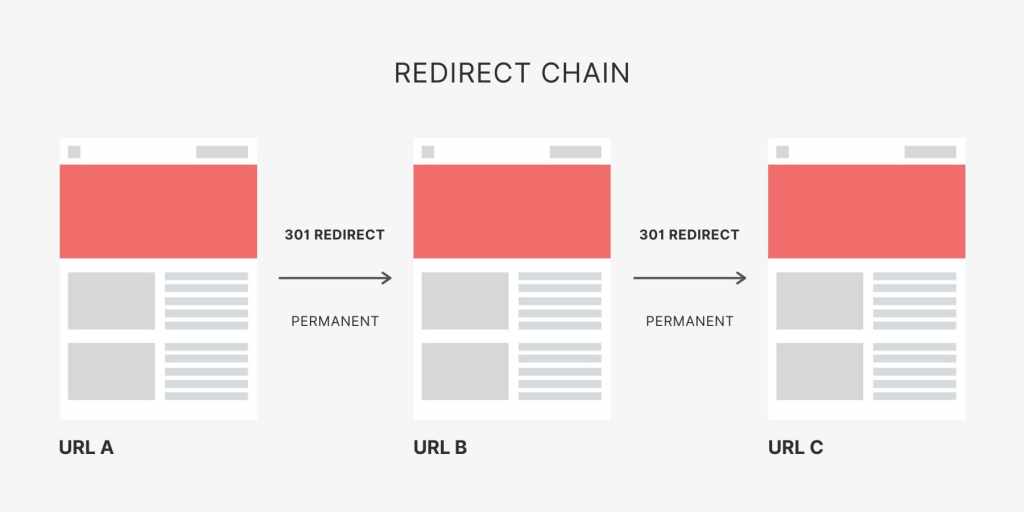What is SEO Redirection
SEO Redirection is a crucial technique in search engine optimization that involves guiding visitors and search engines from one URL to another. This practice is particularly important during platform transitions, such as website redesigns or domain changes, as it helps maintain search engine rankings and ensures a seamless user experience.
Importance of SEO Redirection
Implementing SEO redirection effectively is vital for several reasons:
- Preserving Search Rankings: Proper redirection ensures that the SEO equity built on your original URLs is transferred to the new ones, preserving search engine rankings.
- User Experience: Redirects help users reach the new or updated content without encountering 404 errors, thereby improving user satisfaction.
- Updating URL Structures: SEO redirection is important when reorganizing website structure or updating URLs for better SEO practices.
Types of SEO Redirection
Understanding the different types of redirects is essential for implementing them correctly in various scenarios:
301 Redirect (Permanent)
A 301 redirect is a permanent redirect from one URL to another. It is the most commonly used redirect type for maintaining SEO rankings and is ideal for:
- Domain Changes: When moving from one domain to another, a 301 redirect helps pass the majority of SEO value to the new domain.
- URL Structure Changes: If you're restructuring your site’s URLs for optimization, permanent redirects ensure that SEO ranking signals are transferred.

302 Redirect (Temporary)
A 302 redirect indicates that a URL has been temporarily moved to a new location. Its typical uses include:
- A/B Testing: When running A/B tests on content, a 302 redirect can direct traffic temporarily to test variations.
- Short-term Migrations: If content needs to be temporarily relocated, a 302 redirect safely indicates the change without affecting SEO rankings long term.
307 Redirect (Temporary)
Similar to 302, a 307 redirect is used to indicate temporary redirection, primarily used when POST requests need to be redirected to another URL but preserving their method:
- Specific Scenarios: Use 307 redirects when a resource is temporarily located elsewhere, and you need to retain the original request method.
How to Implement SEO Redirection
Effective implementation of SEO redirection involves several steps and best practices:
Planning and Mapping
Before implementing redirects, it’s essential to plan and map out which pages need to be redirected:
- Audit Existing URLs: Conduct a comprehensive audit of your current URLs to determine which ones require redirection.
- Create a Redirect Map: Plan a systematic redirect map, linking old URLs to their corresponding new URLs.
Implementing Redirects
There are various methods to implement redirects on your website:
- .htaccess File (For Apache Servers): Use the .htaccess file to implement server-side redirects. This method allows efficient handling of redirects on Apache servers.
- Server Configuration: Configure Nginx or IIS servers to handle redirects directly, which can be more efficient than using an .htaccess file.
- Content Management System (CMS): Many CMS platforms offer plugins or built-in features to manage URL redirects easily.
Testing and Monitoring
After implementing redirects, testing and continuous monitoring are crucial:
- Test the Redirects: Check the functionality of each redirect to ensure that users and search engines are properly directed to the new URL.
- Monitor Website Performance: Use tools like Google Search Console to monitor your website’s performance post-redirection implementation.
SEO Redirection Best Practices
Following best practices ensures that the SEO redirection process is smooth and effective:
- Avoid Redirect Chains: Limit the number of redirects in a sequence to reduce the complexity and potential loss of SEO value.
- Use Relative URLs: When setting up redirects, consider using relative URLs to make updates easier if you change domains or subdomains.
- Track Redirects Continuously: Continuously monitor and track the performance of redirects to ensure they are functioning correctly and not negatively impacting SEO.

Conclusion
SEO Redirection is an essential aspect of technical SEO, ensuring that changes to your website structure or domain do not adversely affect search engine rankings or user experience. By carefully planning, implementing, and monitoring redirects, you can safeguard the SEO equity of your website during platform transitions.